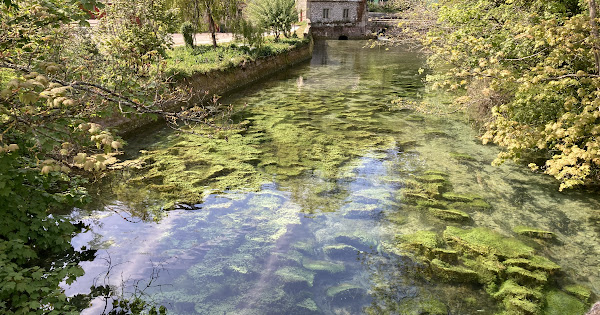Arundel
Arriving in Arundel from the East always takes my breath away. I can’t find a photo that does it justice – this is the best I can manage.

We’re looking across the levels and the Arun valley to a town built on the footslopes of the South Downs, dominated by the cathedral on the left and the castle on the right. The Levels? – you ask. Yeah, that’s the term round here for the flat stuff between the hills and the sea. And boy is it flat – the Arun, which is not a big river, is tidal as far as Pulborough, which is 10 miles from the sea as the crow flies – so we’re talking low, flat country – but with surprisingly big chalk hills.
Arundel is a small town about 4 miles from the south coast and is built around the castle. There’s been a castle there for ever – well, nearly a thousand years – but the current edition is recent (restored 1787 onwards). The castle and town are integrated in odd ways. There are multiple points where you can be walking along a street and there’s a door or a gate into the castle grounds, like this.
Even stranger, if you visit St Nicholas’ Church (and you should, to admire the ancient wall paintings and muse over the plaque that lists the vicars, going back to 1324), take a look behind the altar and you’ll find… another church. There’s an iron grille and a plexiglass screen, and beyond lies the castle’s half of the building, complete with tombs of former inhabitants. (Flick through the photos on that webpage to see the screen).
(I presume you can do this trick in reverse from the castle side of the church, but the only time we’ve been in the castle, last year, there were COVID-related building closures.)
The town is pretty, and will admirably serve your need for cafés, fudge shops and antique shops. Actually, there are some useful shops as well – Pallant is a ridiculous grocery, with all manner of weird and wonderful things (“Purveyors Of Fine Foods And Wines”). Wikipedia describes the town as “much conserved”, which is about right – there are a lot of old, pretty buildings. It’s former life as a port town is remembered in a few buildings; and for me, Arundel is all about the river. Man, is it tidal – we were there for 4 hours on Saturday, and the entire time the flow of water was upstream . The land around it is pan flat and protected by levées upstream from the town centre; the tops of the levées are public footpaths. It makes for a great walk.
Lunch at the Waterside Café, virtually in the river. The sound of ducks splash-landing whilst you’re eating is rather disconcerting. We watched swans drifting upstream on the tide.

You can stroll along Mill Road to Swanbourne Lake and the Mill Stream. They nestle up to the chalk hills, and are fed by springs – the water is impossibly clear, the lake is a little gem and the (short) walk around it is glorious. The Mill Stream:

Keep going up that road, and you’ll come to The Black Rabbit, another spectacular riverside place to eat.
It’s a kinda touristy town, but I’m not really sure why. The standout attraction is probably the castle. If I had to choose a couple of words for Arundel? Pleasing and Intriguing; we’ll reserve the word Spectacular for the view on the way in.
Our total walking: 4.8 miles.
Streetviews:
The cathedral
The High Street – spot the castle
From The Black Rabbit looking back to the castle
Another church: the view from the “castle” side of St Nicholas’ church, towards the blocked off town side; plus tombs.
j
